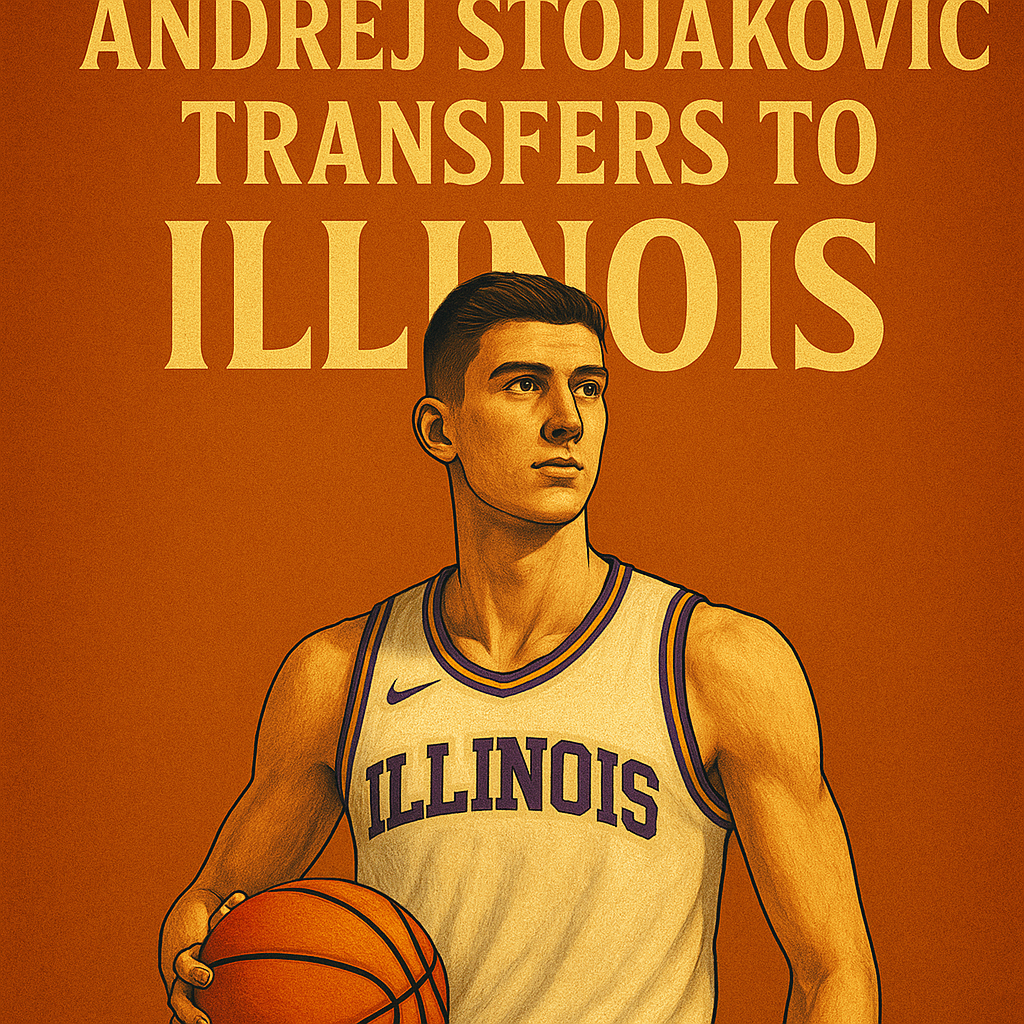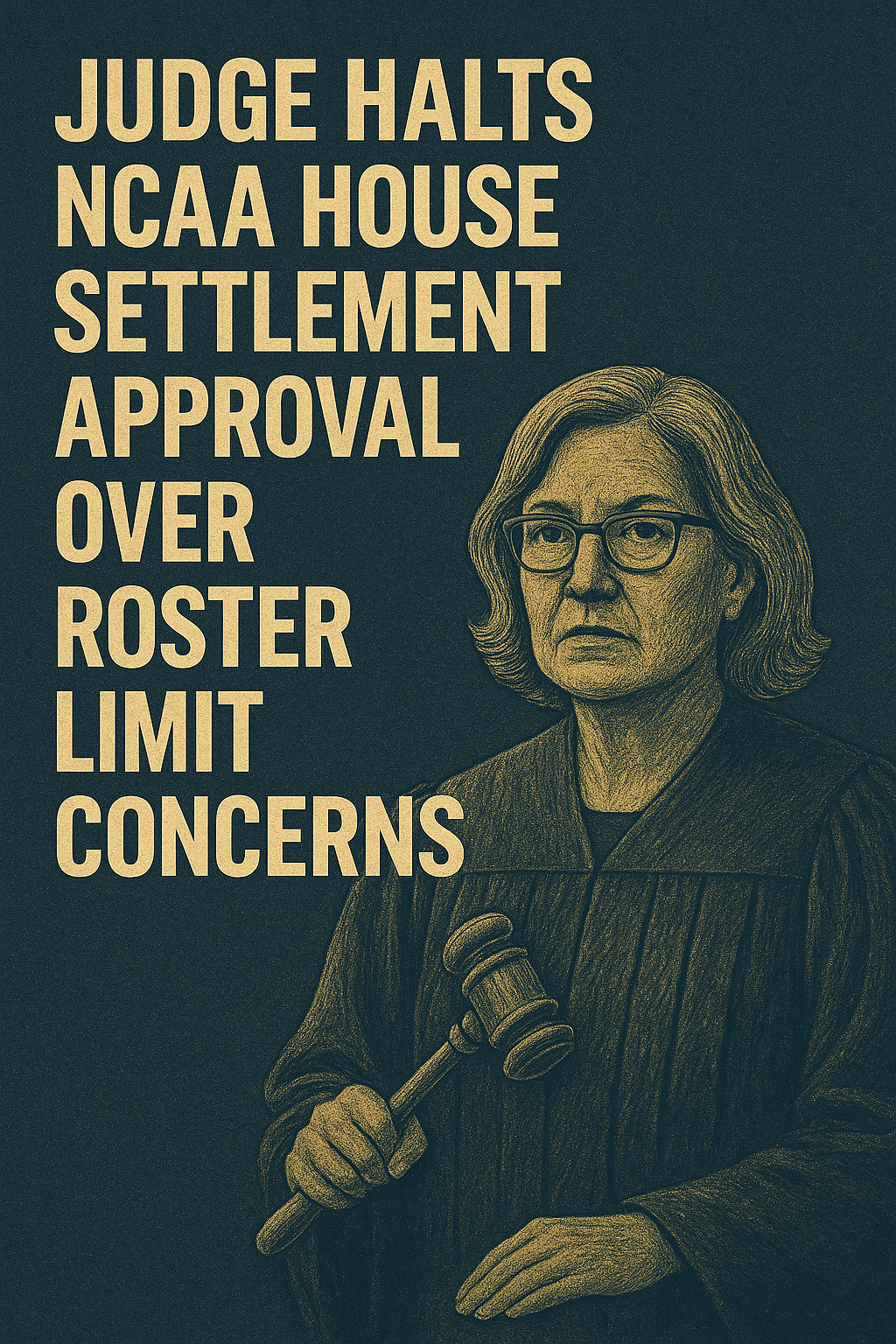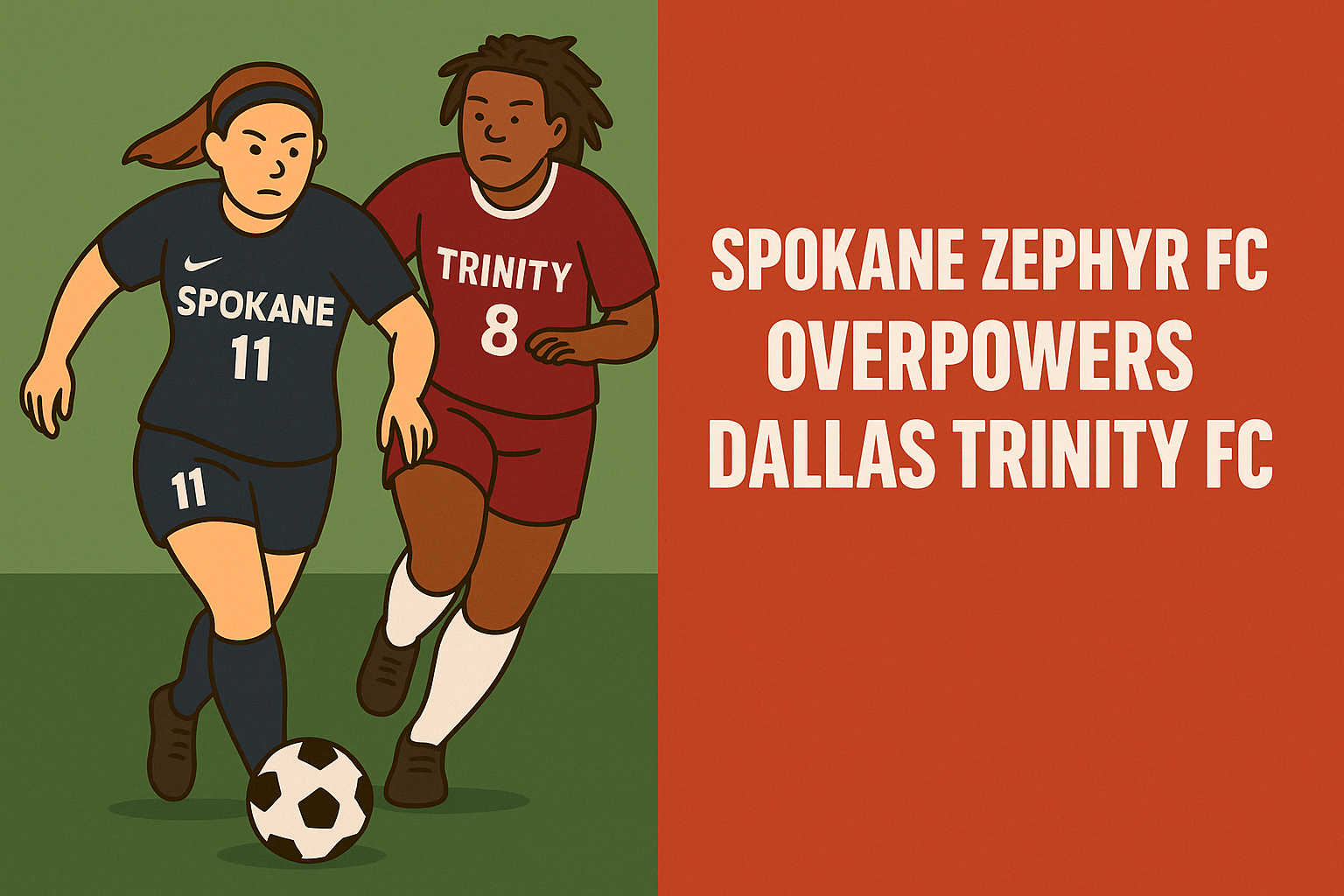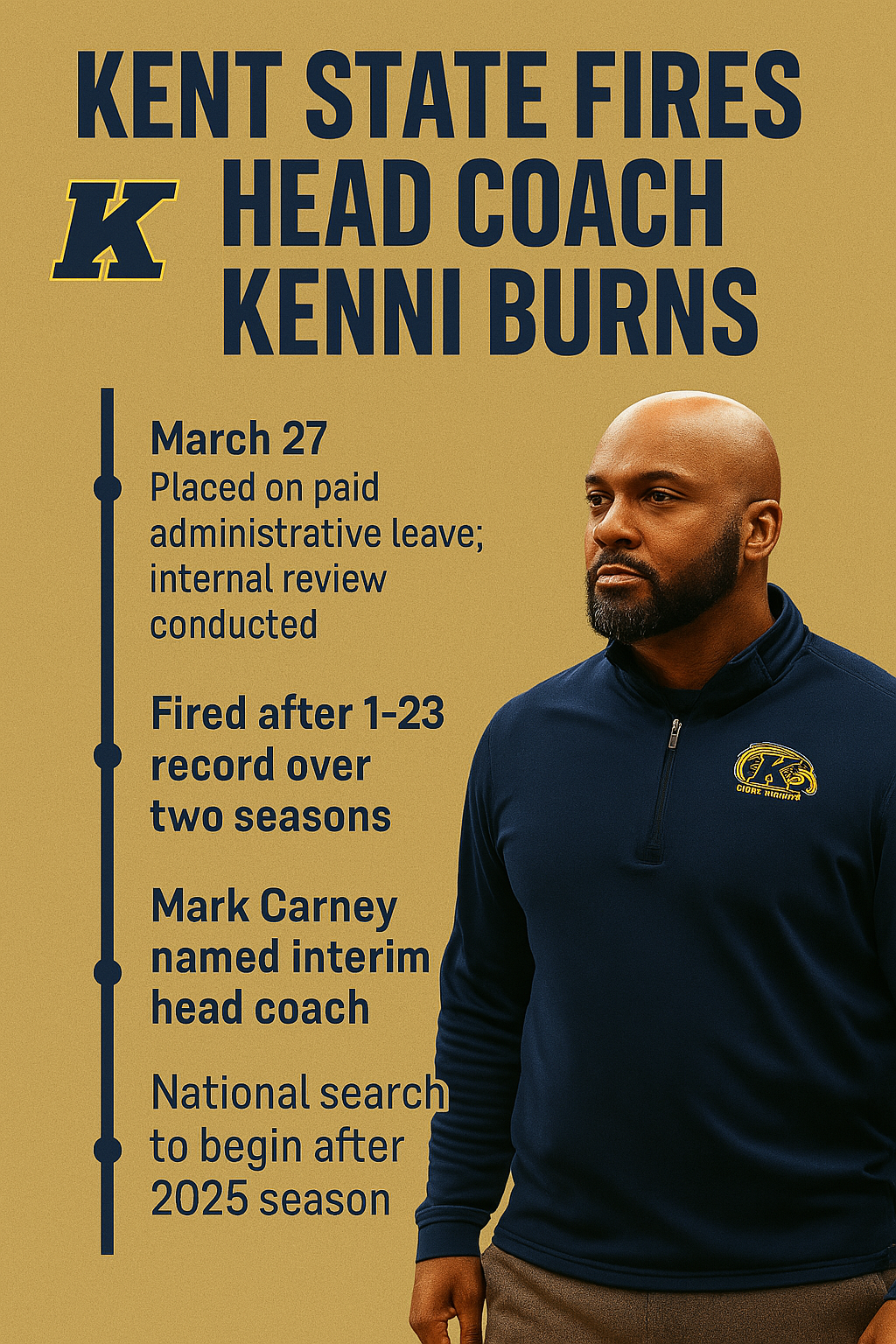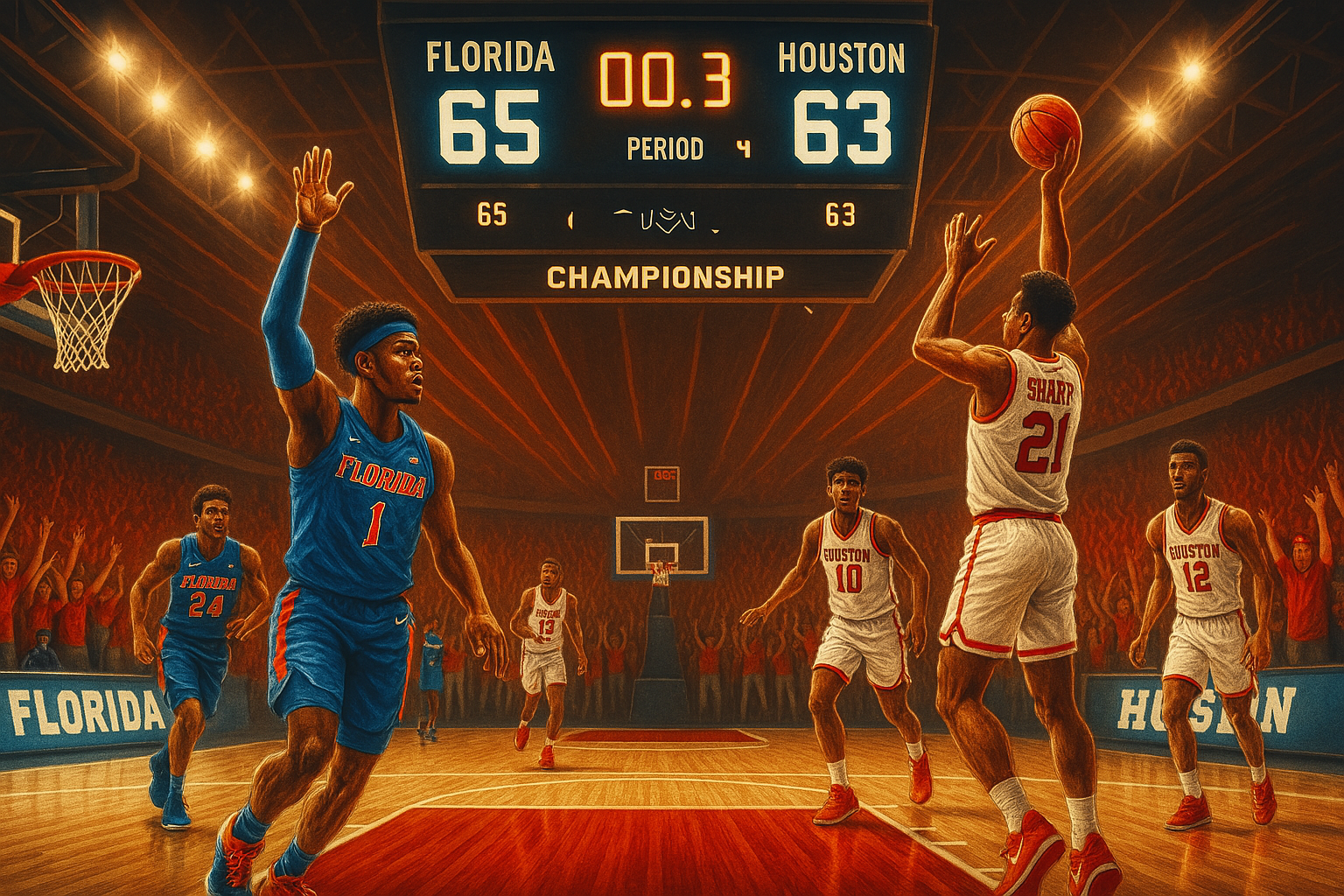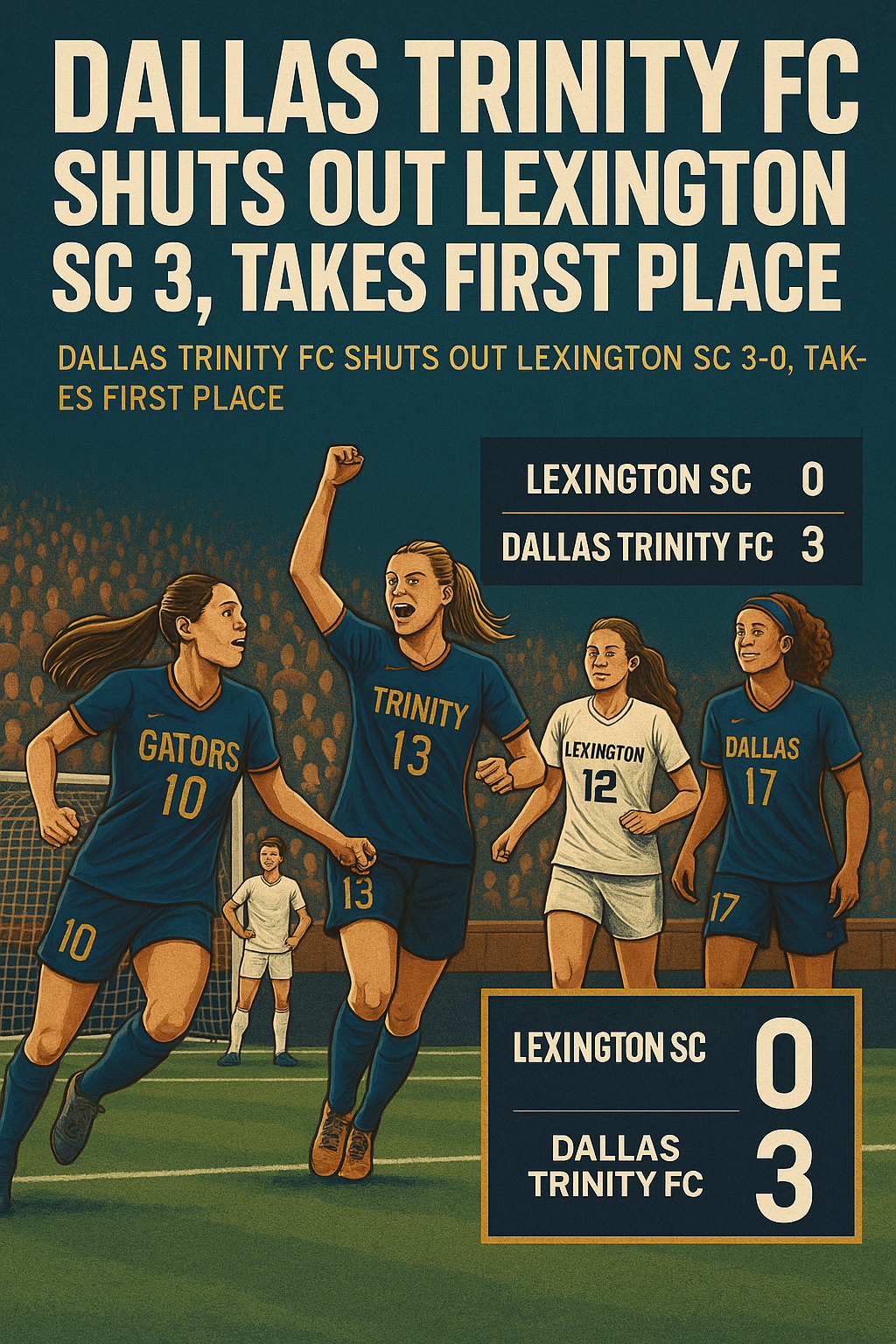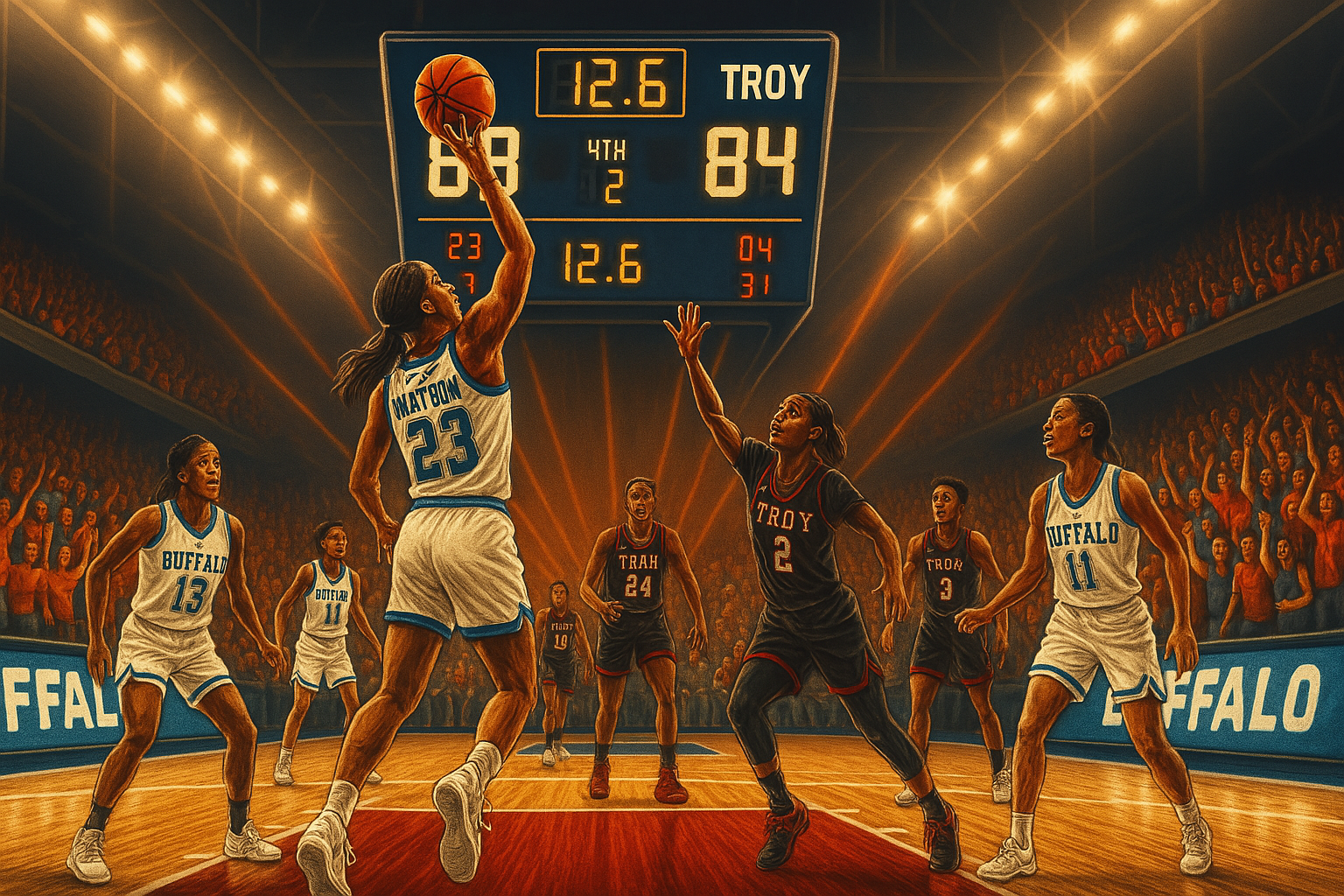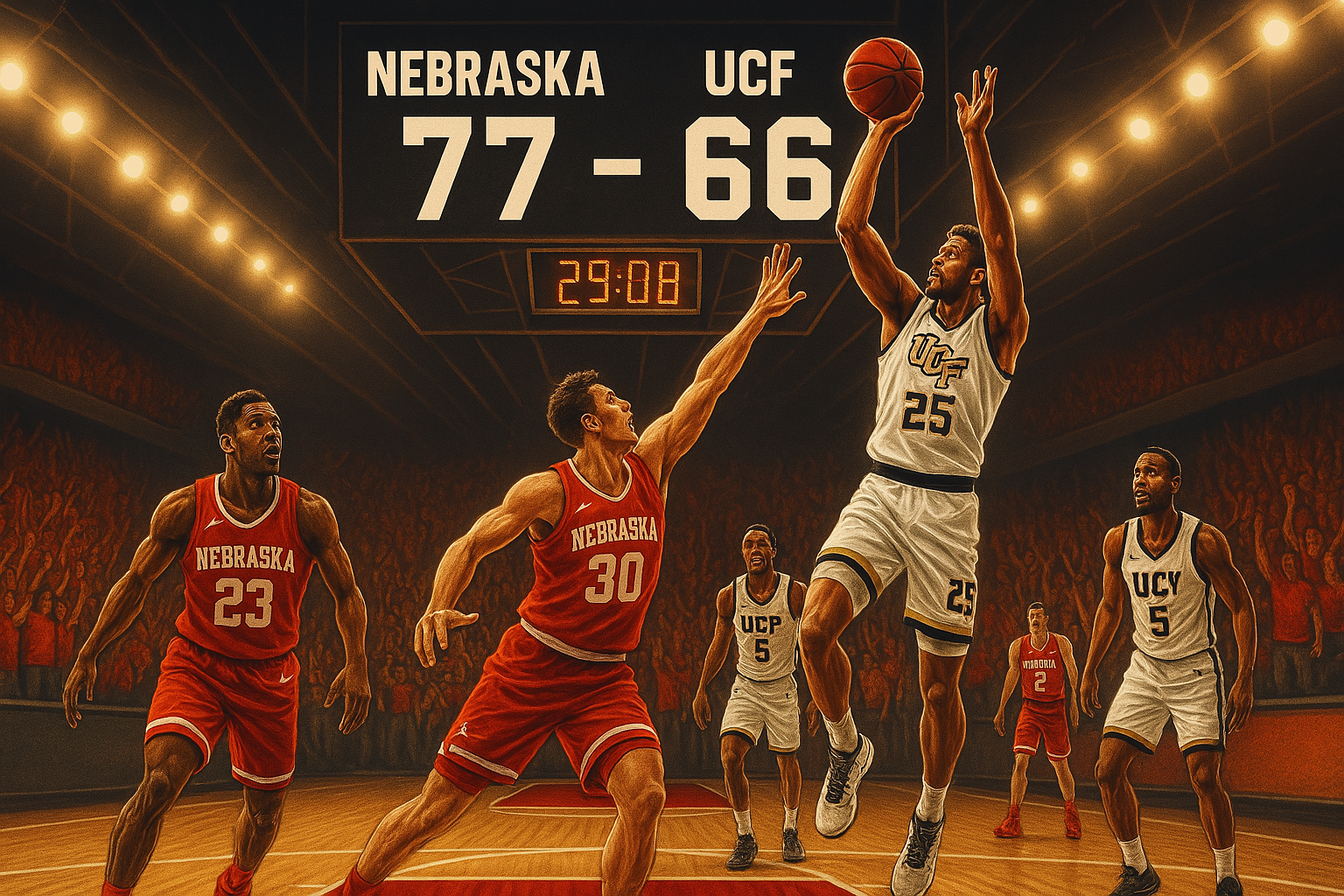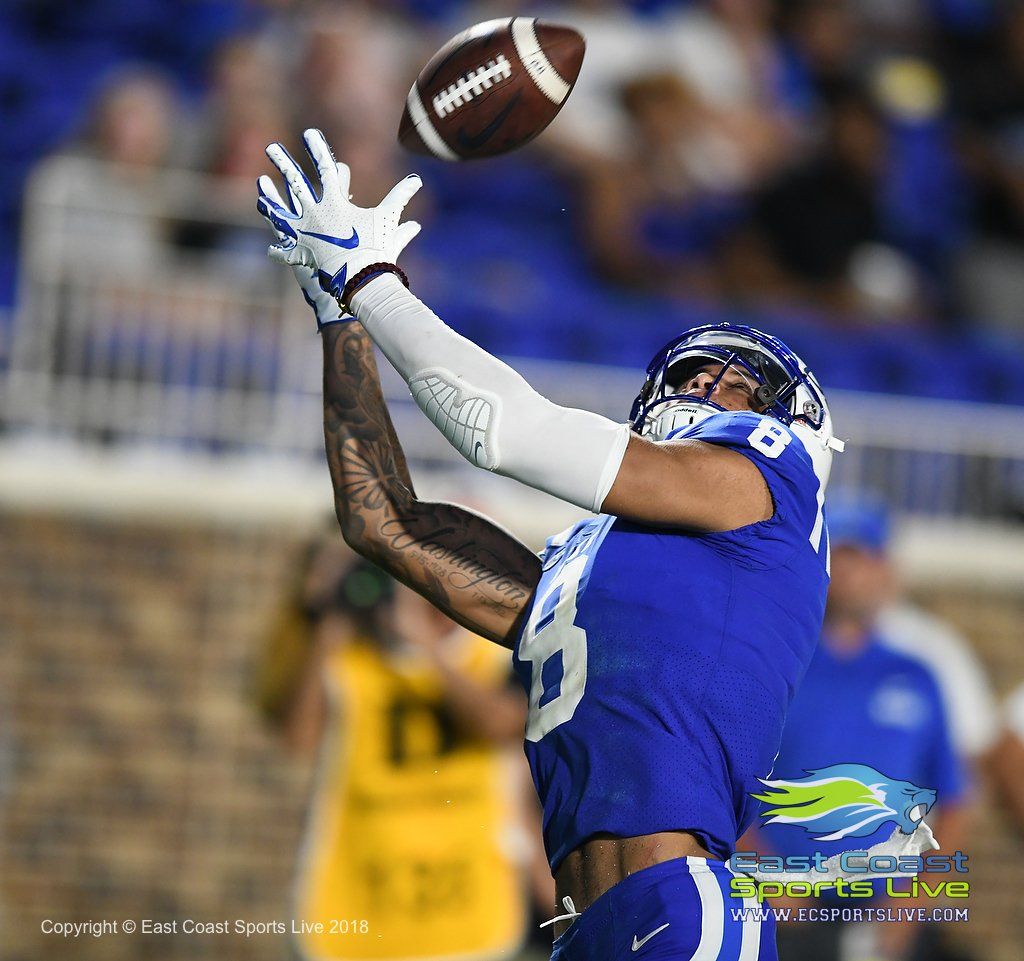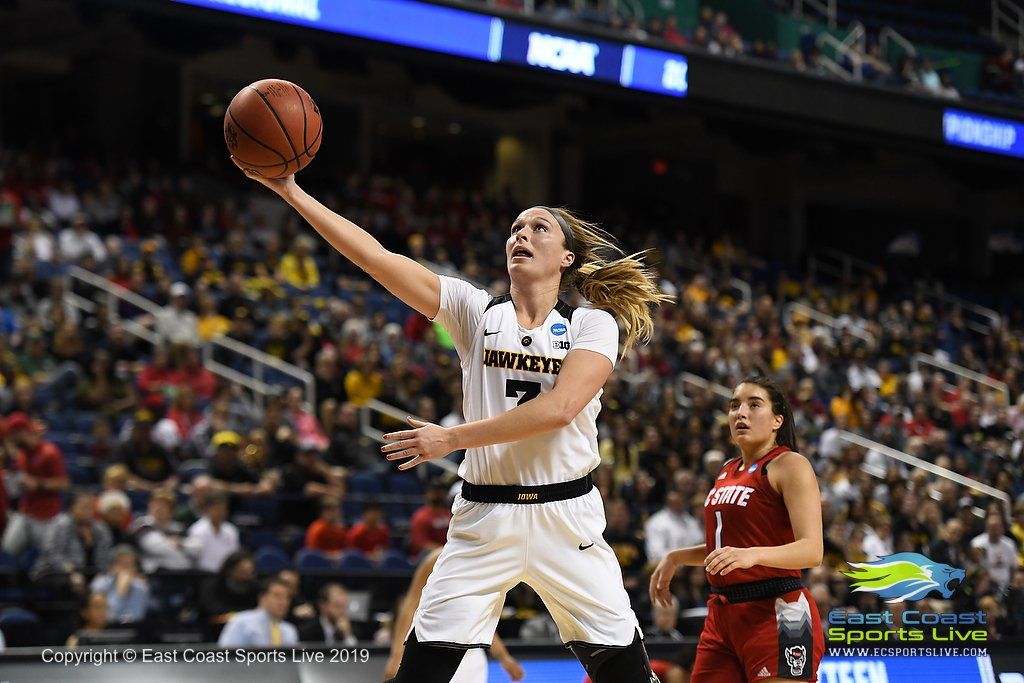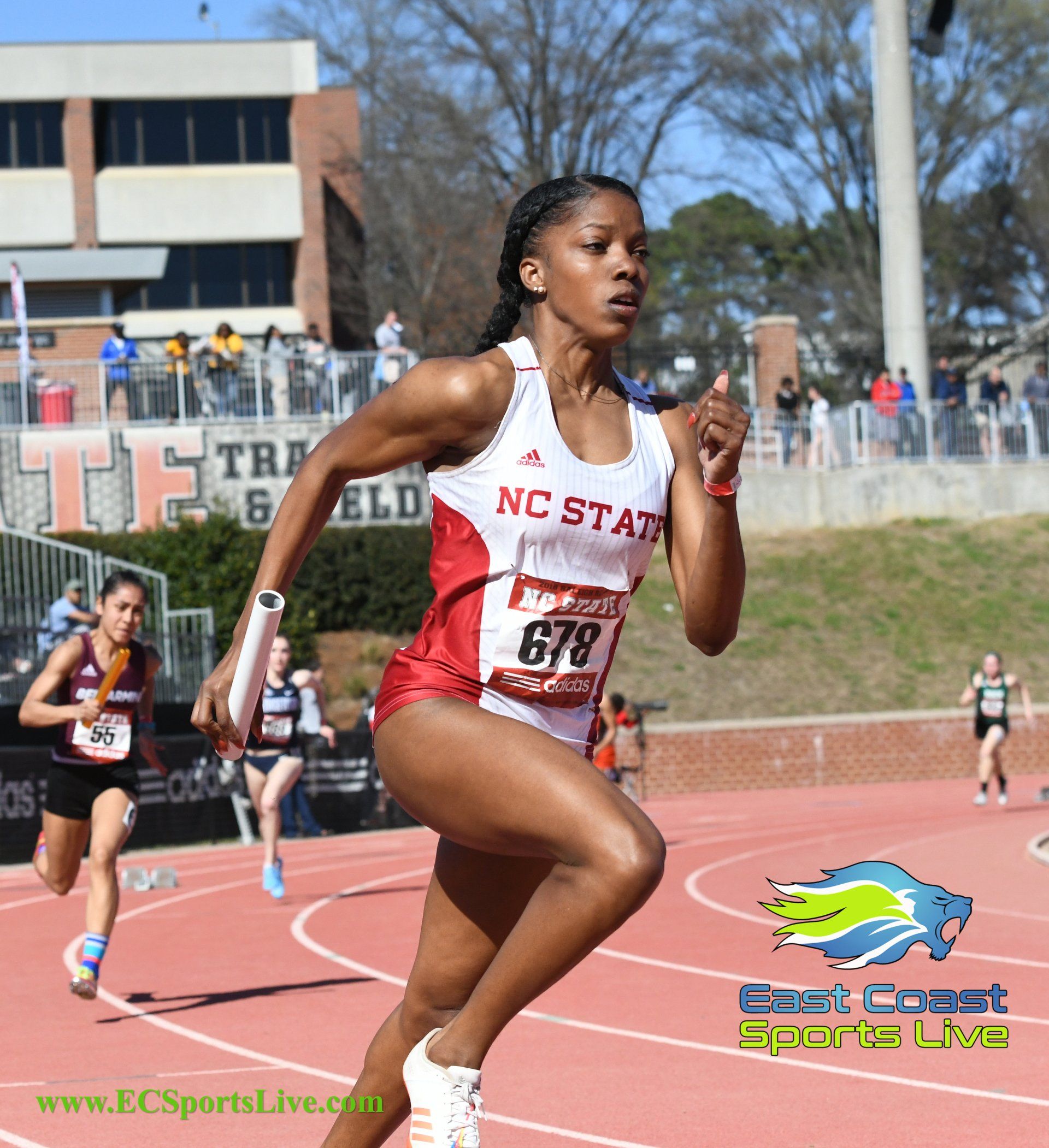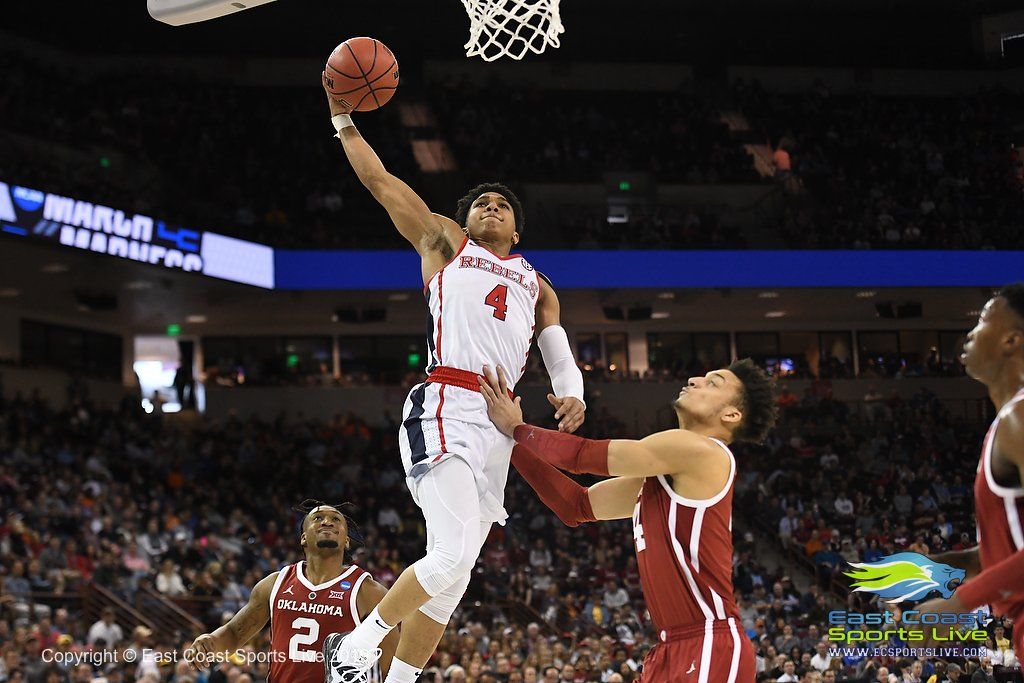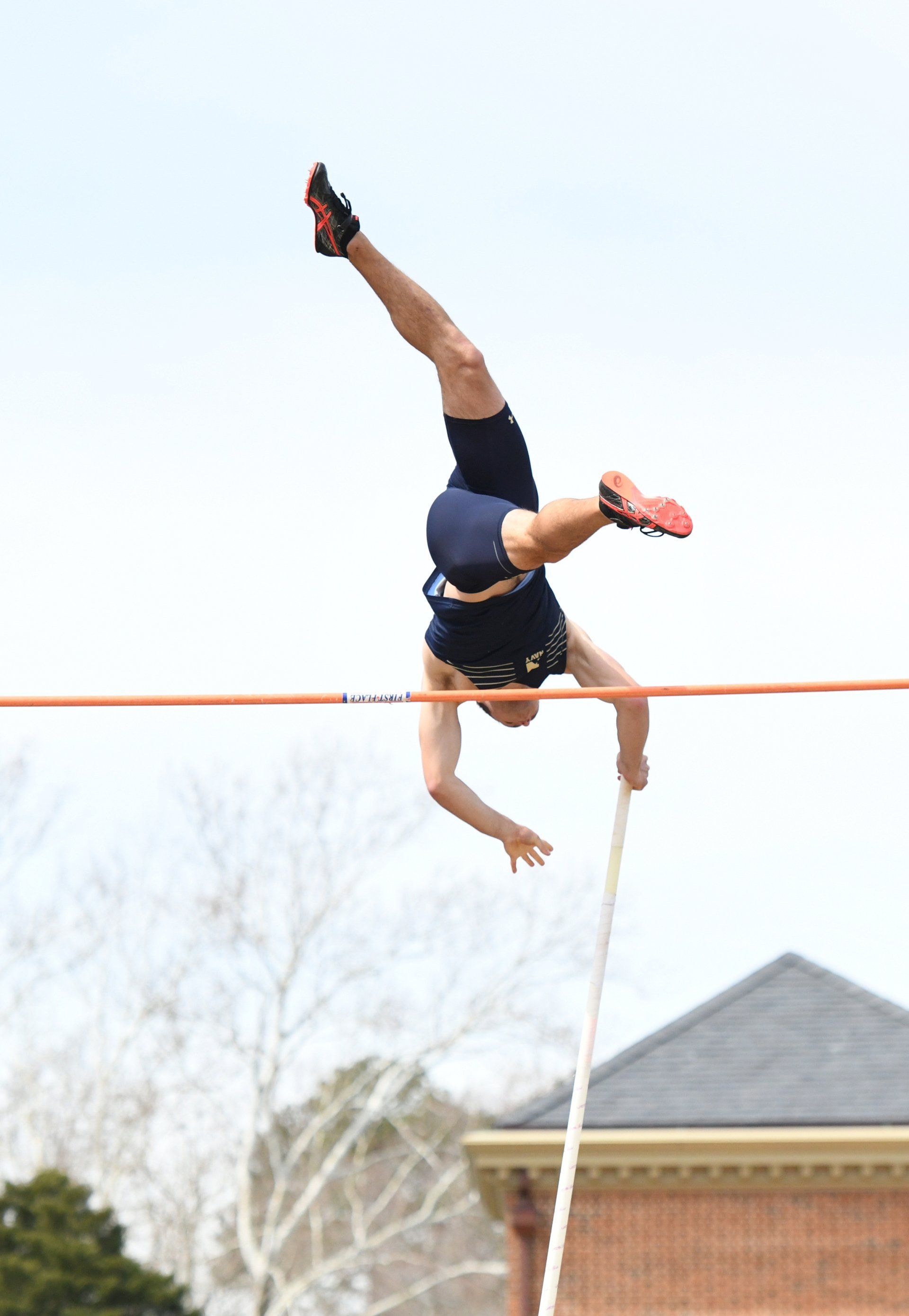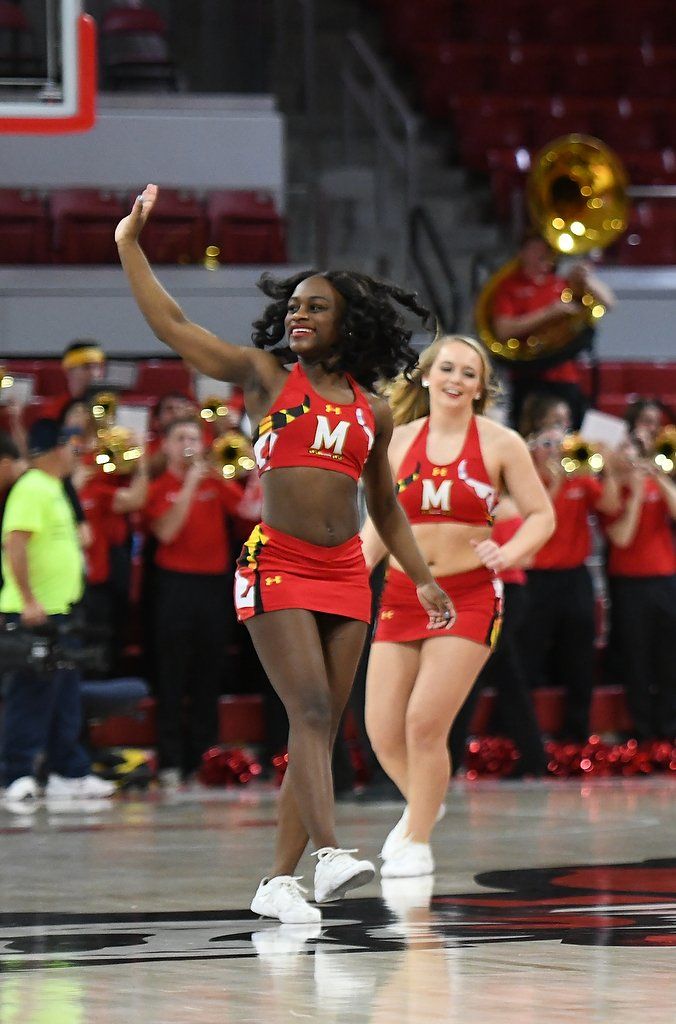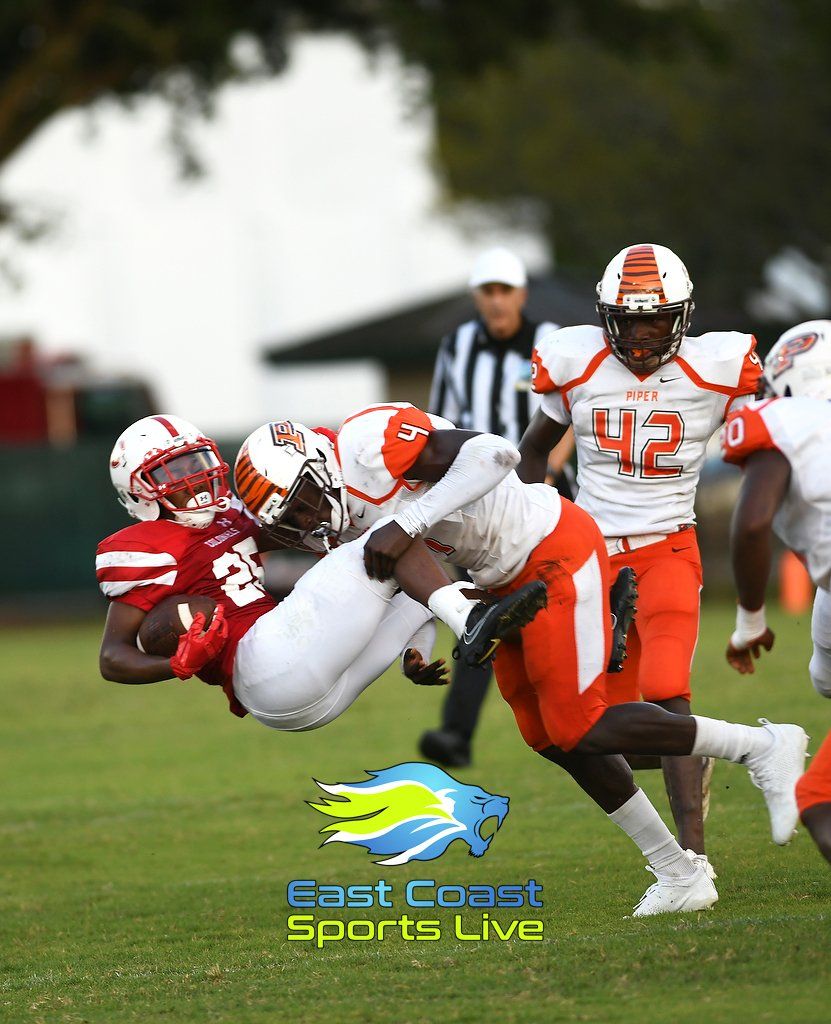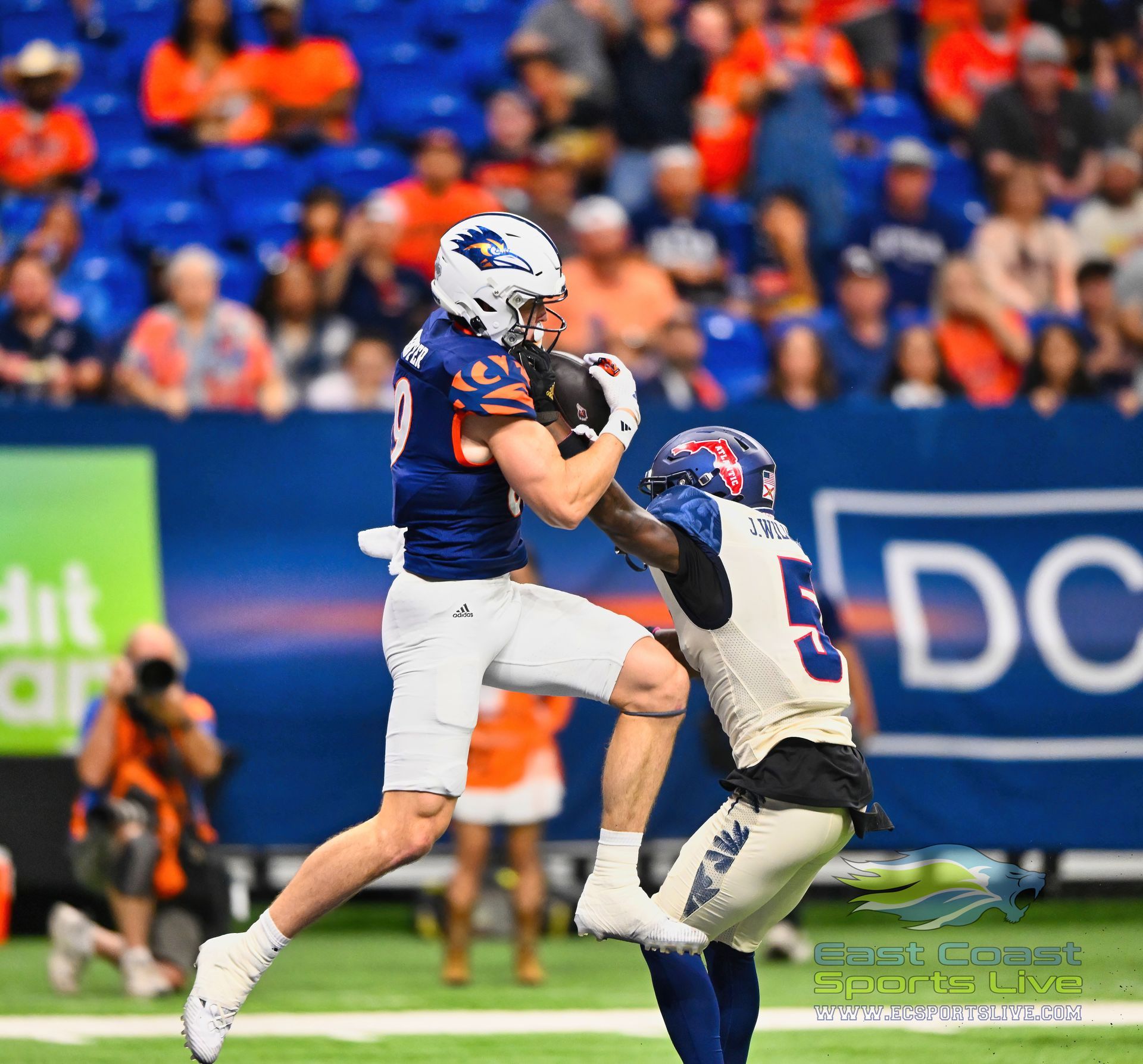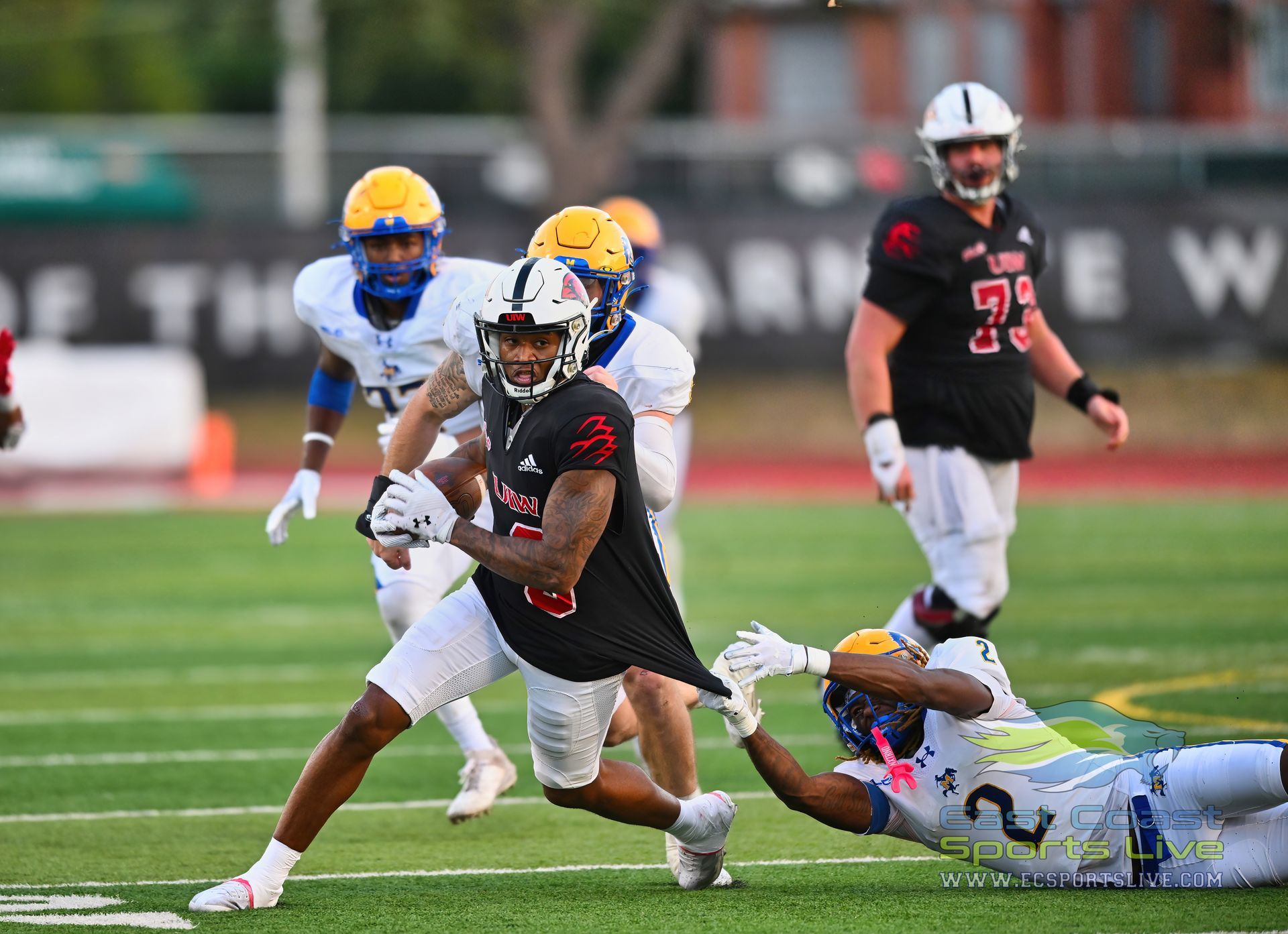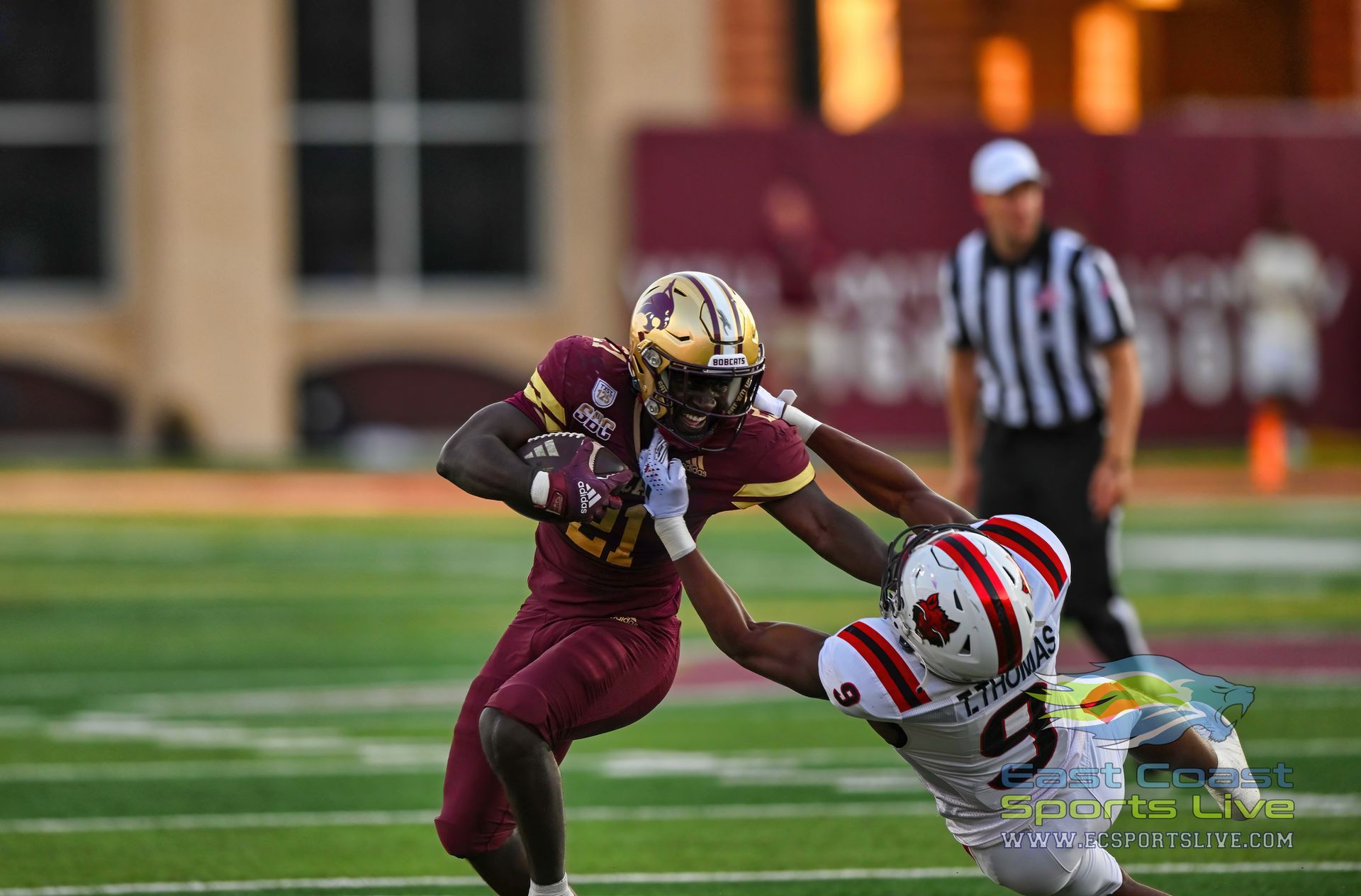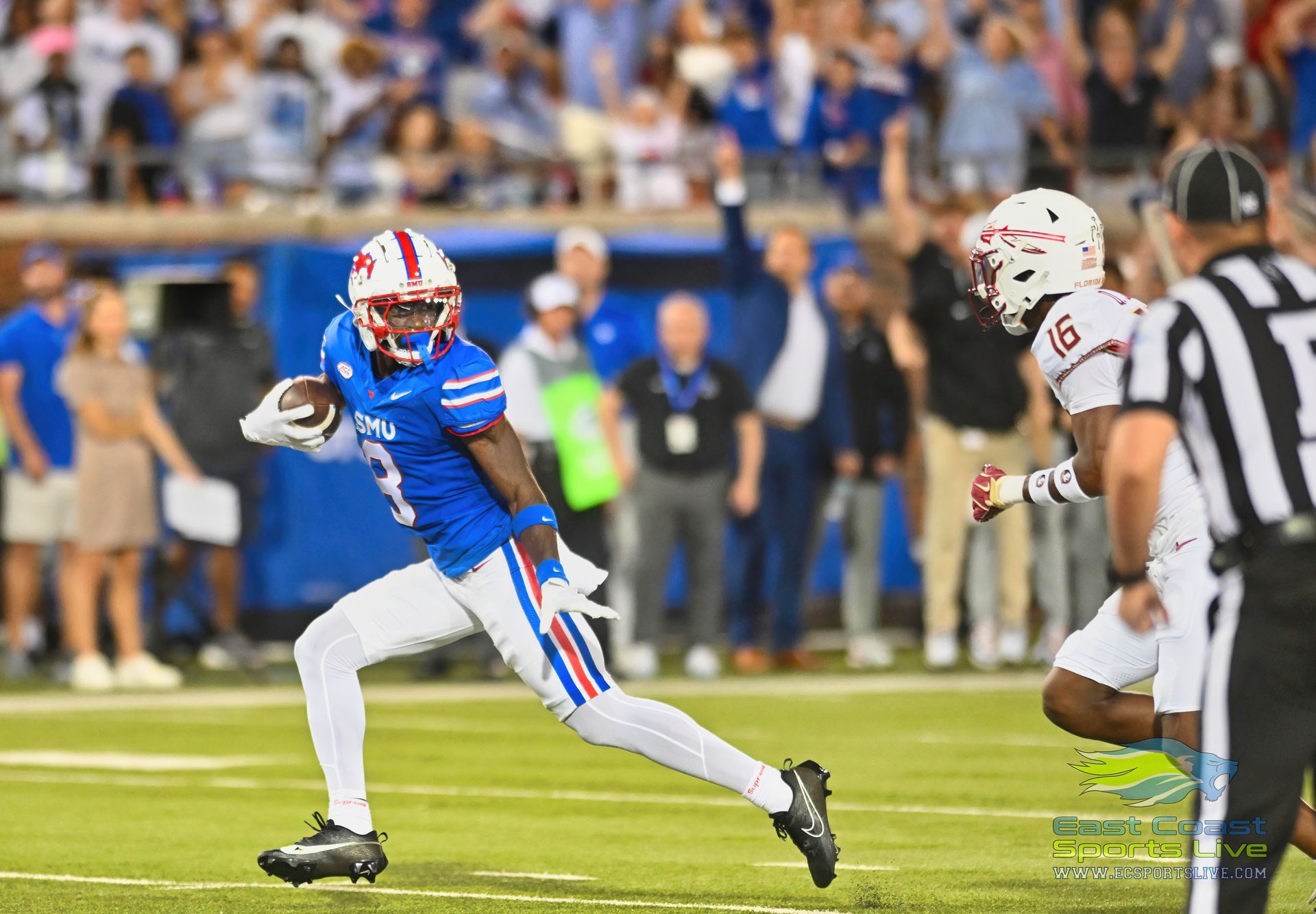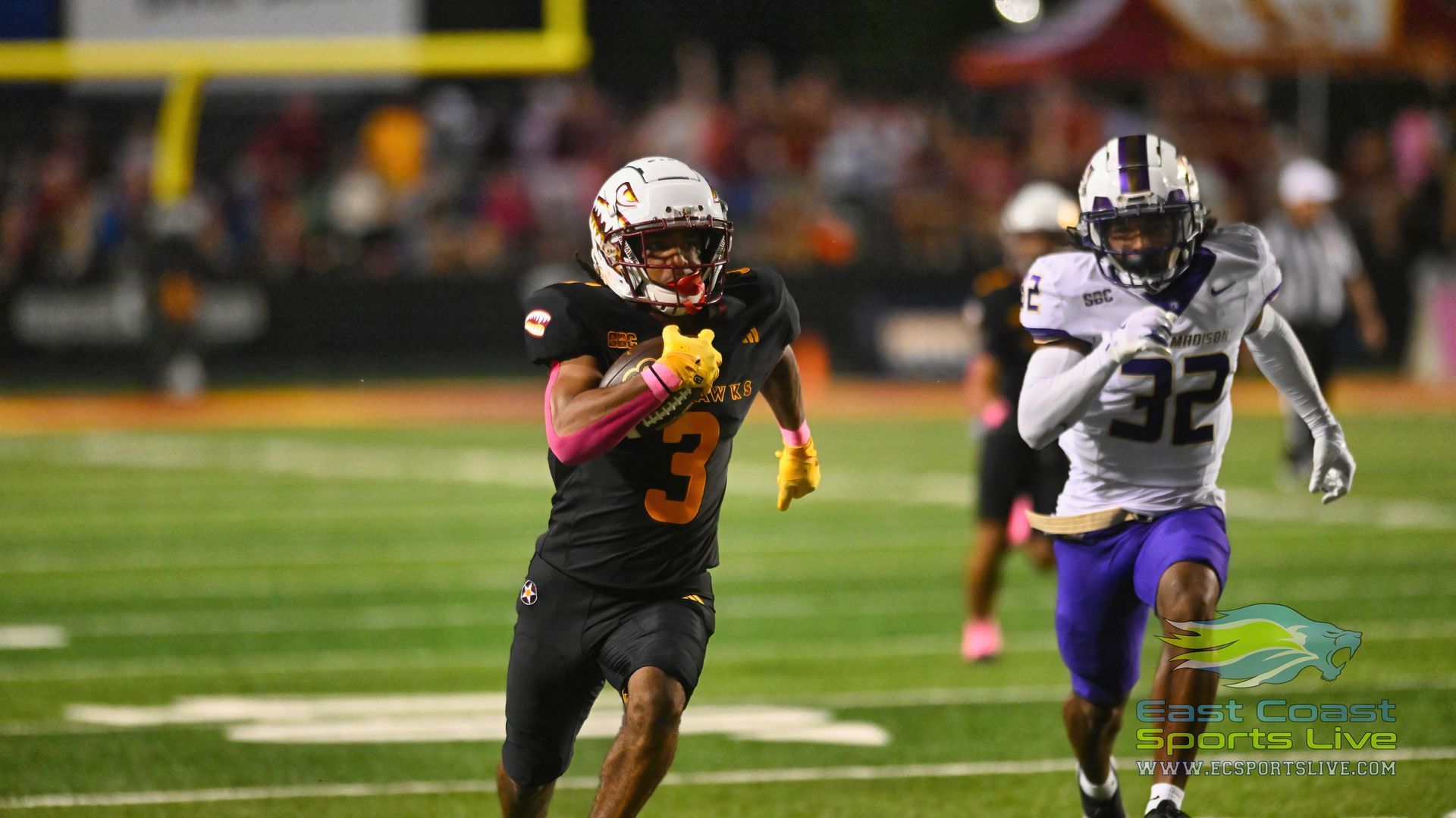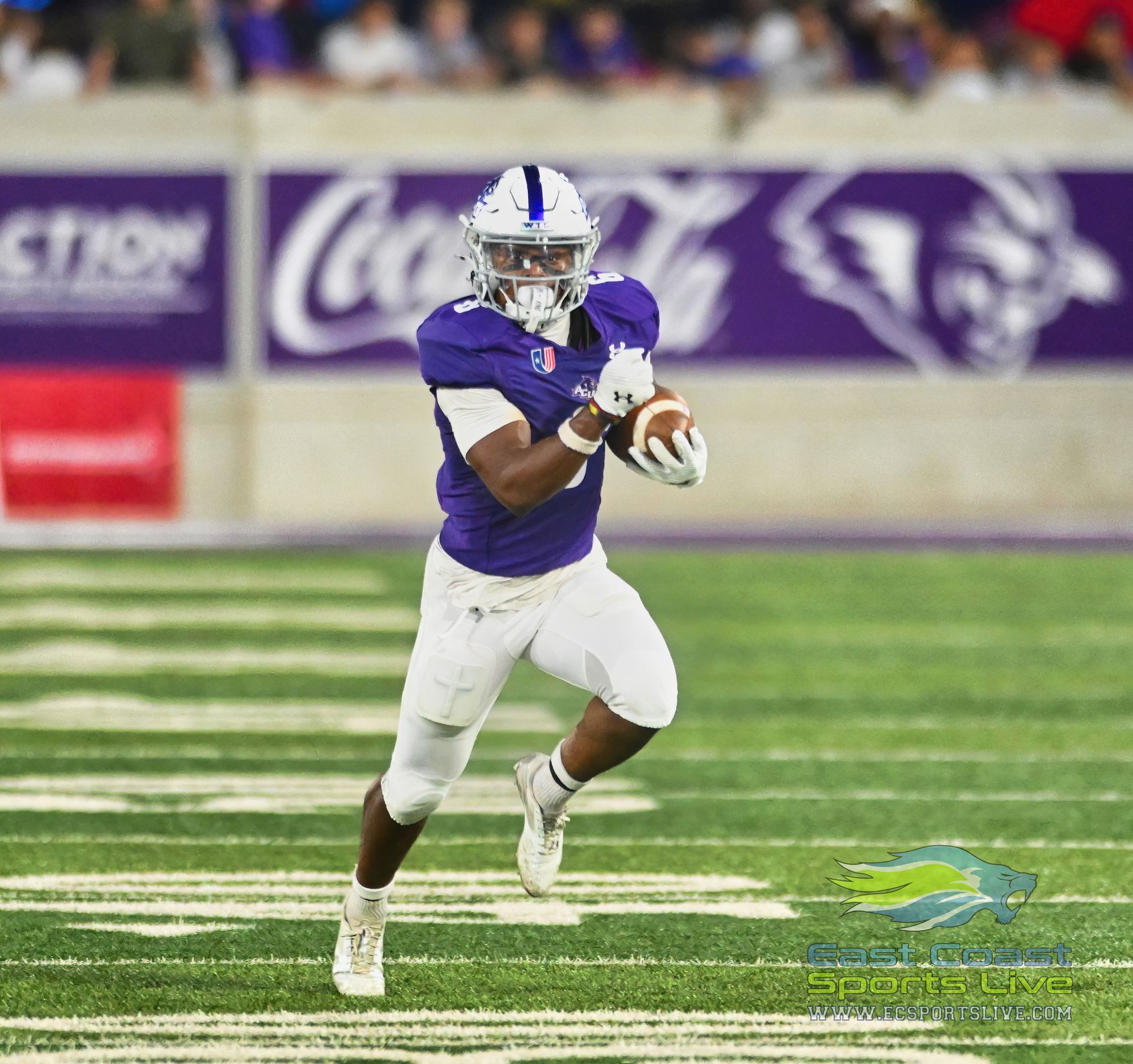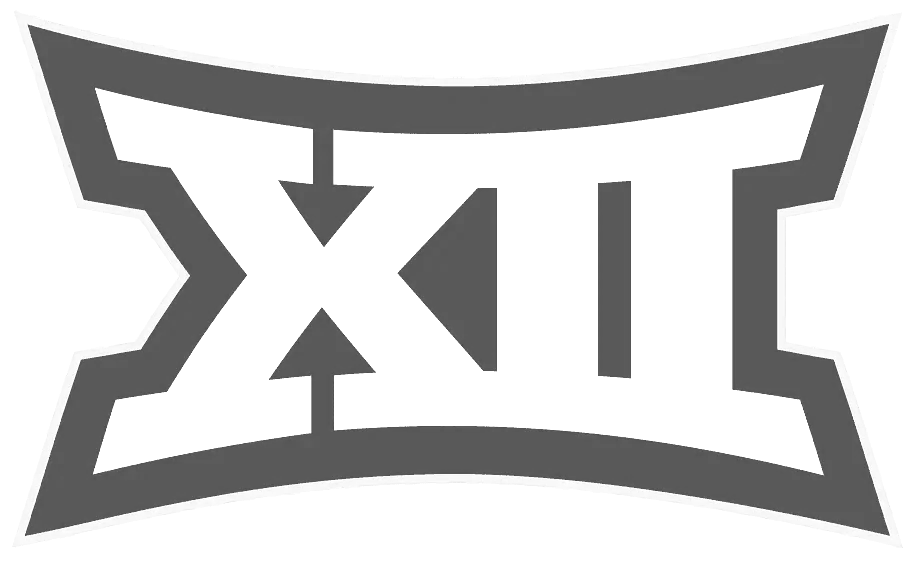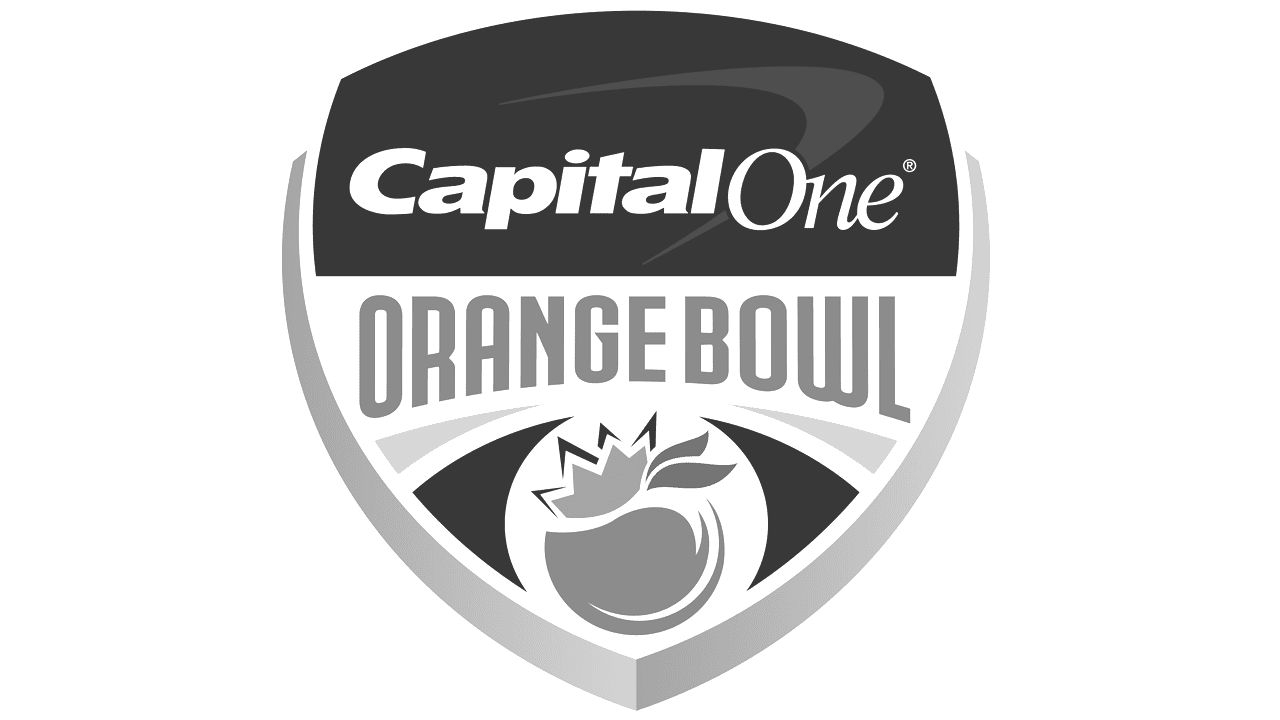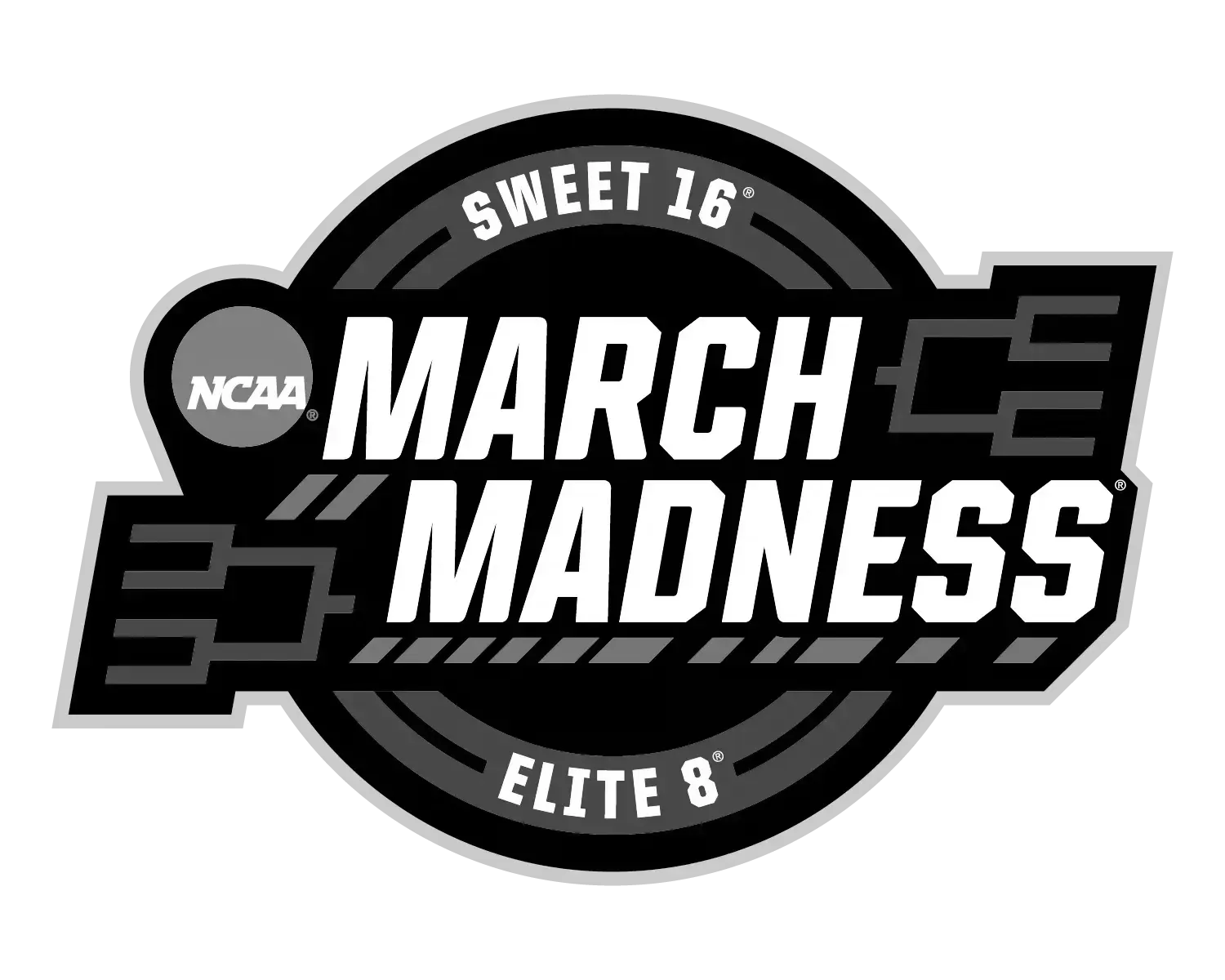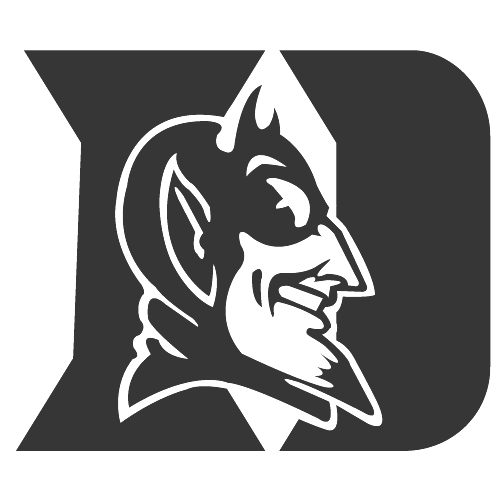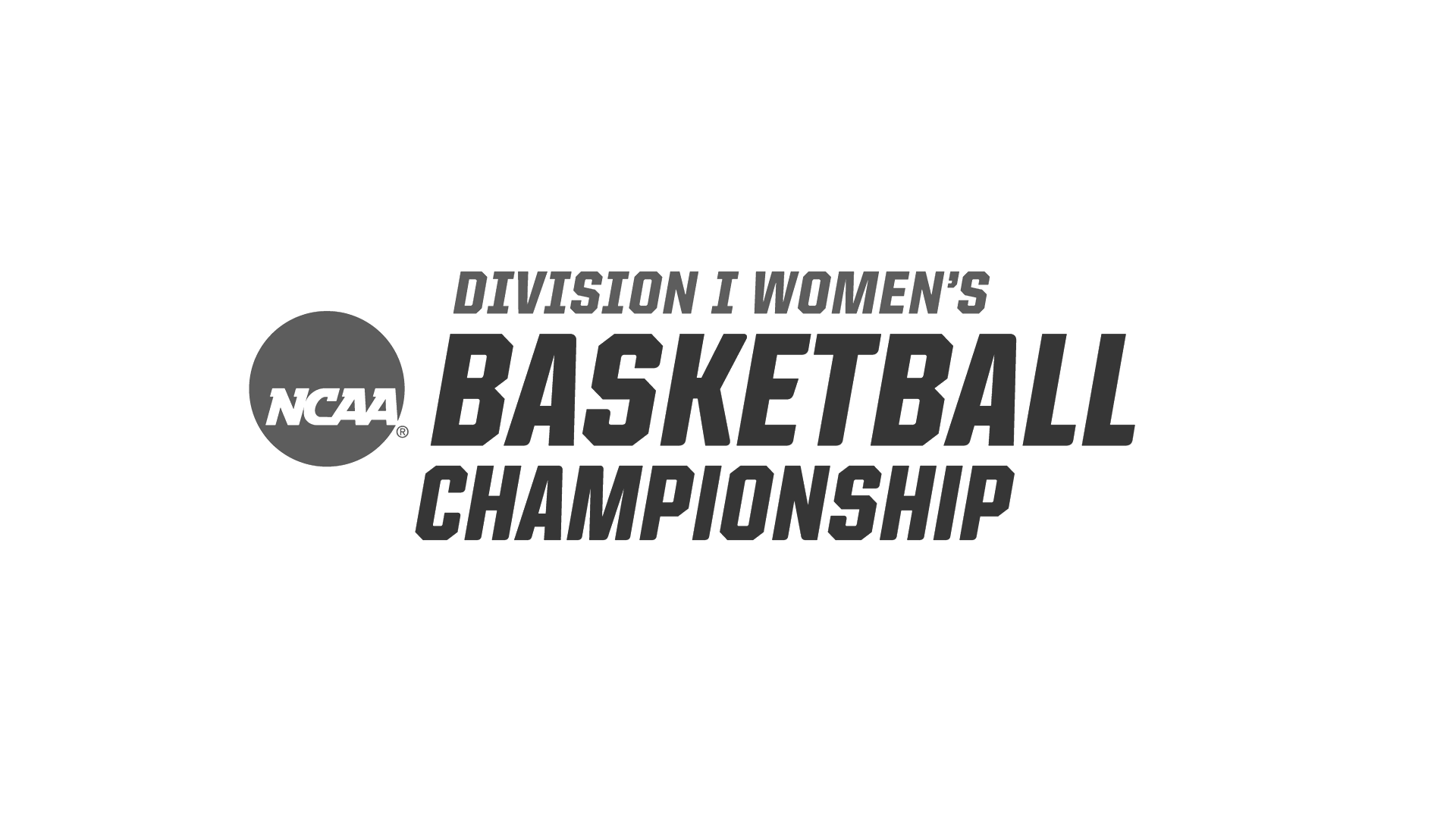By Amber Aniston
•
April 25, 2025
From Heisman Contender to Day 2 Prospect — Unpacking the NFL’s Reluctance Shedeur Sanders entered the 2025 NFL Draft as one of the most visible and polarizing quarterbacks in recent memory. Backed by elite college production, a strong pedigree as the son of Hall of Famer Deion Sanders, and months of media speculation, he was projected to be a first-round pick by many analysts. Yet, as the first round came to a close, Sanders remained undrafted—despite multiple quarterback-needy teams passing on him. The unexpected slide has sparked a nationwide debate, fueled by whispers from NFL insiders, breakdowns of his game film, and speculation surrounding his public persona. While some observers see this as a baffling miss by franchises, others suggest that the fall merely reflects his status as a developmental prospect in a complex, image-driven draft industry. Production vs. Projection Sanders had an undeniably impressive 2024 campaign at Colorado, completing 74.0% of his passes for 4,134 yards, 37 touchdowns, and only 10 interceptions. He added four rushing scores and won the Johnny Unitas Golden Arm Award. Over his college career, he amassed over 14,000 passing yards, 134 touchdowns, and just 27 interceptions in 50 games—a resume that, on paper, stacks up against nearly any quarterback in recent draft classes. Despite this success, Sanders has seen his draft stock slowly decline since early in the process. Concerns about his physical tools—particularly arm strength and pocket presence—began to surface. Additionally, his close association with his father, Coach Prime, led some evaluators to question whether Sanders had been truly tested in an independent football environment. The Quarterback Drought The 2025 draft featured a relatively weak quarterback class, which initially appeared to help Sanders’ positioning. Cam Ward, another dual-threat signal caller with a similar college arc, went No. 1 overall to the Tennessee Titans. Yet after that selection, teams prioritized linemen and defenders, ignoring quarterbacks altogether for more than 20 picks. When the New York Giants traded into the back half of the first round, many expected them to take Sanders. Instead, they selected Jaxson Dart from Ole Miss—whose combination of size, athleticism, and prototypical build seemed to outweigh Sanders' statistical edge. Other franchises like the Saints, Browns, Raiders, and Steelers also passed on him, leaving Sanders still waiting as the second round loomed. Technical Red Flags Film analysis of Sanders reveals a mixed bag. While he possesses excellent touch and anticipation when throwing from clean platforms, there are repeated issues with his pocket movement. He often drifts backward under pressure, a habit that undermines offensive line protection and elongates his throwing windows. His decision-making appears less decisive under pressure, and his average depth of target was among the lowest for starting quarterbacks in FBS play. Another point of concern is Sanders’ tendency to operate with a longer, more mechanical throwing motion. This reduces his ability to fire quickly into tight windows, limits creativity, and gives defensive linemen more opportunities to bat down passes—21 of which were deflected at the line over his final two seasons. Athleticism and Creation Ceiling Sanders is not known for elite athleticism. He’s a capable scrambler and functional runner, but he lacks the dynamic acceleration or improvisational skills of quarterbacks like Caleb Williams or Jayden Daniels. His 212-pound frame and sub-6’2” height also place him below the ideal physical thresholds for high-end NFL starters. His lack of improvisational creation raises questions about his adaptability against NFL-level speed and pressure. At Colorado, his offense was heavily structured, and although he showed flashes of pocket poise, he often became reliant on short-yardage checkdowns and timing routes. Explosive plays typically came from well-designed schemes or the exceptional abilities of receivers like Travis Hunter. The Coach Prime Effect Shedeur’s NFL evaluation has been complicated by his proximity to one of football’s most influential figures—his father, Deion Sanders. Since high school, Shedeur has never played for another head coach. His transition from Jackson State to Colorado mirrored Deion’s own career path, with the family moving as a unit. For some scouts and team executives, this raised concerns about external influence and potential distractions. Teams may be hesitant to draft a quarterback whose development may remain entangled with a high-profile parent who commands public attention. The fear of second-guessing from afar or perceived outside pressure could deter some front offices. However, it's also worth noting that Deion’s presence has given Shedeur access to high-level coaching, insight, and personal preparation resources few other players have. He’s handled intense media scrutiny with composure and displayed strong leadership during his time at Colorado. Anonymous Slander and Draft Culture As the draft approached, Sanders became the target of a wave of anonymous criticism. Reports emerged describing him as arrogant, uncoachable, and unwilling to accept criticism. Some scouts labeled his combine interview as the worst they had ever experienced. These unverified comments, delivered behind closed doors, became amplified through social media and traditional news coverage. This style of anonymous character critique has become a tradition in the pre-draft process, where decision-makers deflect responsibility by attacking the personality of prospects. It’s an especially common tactic used when evaluating non-traditional or outspoken players. Sanders, who has maintained confidence in his abilities and approach, became a magnet for this negative buzz. A Fit-Dependent Prospect Despite the noise, Sanders still offers a skillset with legitimate upside. He could thrive in an offense that emphasizes timing, short-to-intermediate accuracy, and play-action rhythm. If placed behind a solid offensive line and given time to adjust to NFL speed, Sanders could develop into a competent starter. He resembles quarterbacks like Kirk Cousins or Teddy Bridgewater, who succeeded with accurate reads and strong supporting casts. In the right system, his efficiency and poise could outweigh concerns about athletic limitations. Second Round Outlook As the second round begins, Sanders is widely considered the top quarterback still on the board. The Cleveland Browns have the first pick, followed by teams like the Saints and Steelers—all of whom were rumored to be considering him in Round 1. These organizations now have the opportunity to secure a prospect with first-round polish at second-round value. Landing on Day 2 may benefit Sanders. Lower expectations, fewer media distractions, and a more patient developmental track could help him flourish. History shows that many successful quarterbacks have started their careers as “fallers” before proving their worth at the next level. Final Thoughts Shedeur Sanders' fall from the first round isn’t a referendum on his talent—it’s a reflection of how layered and subjective the draft process has become. Whether shaped by over-analysis, legacy bias, or legitimate on-field questions, his slide has created one of the most discussed stories in this year’s draft. Now, as Day 2 arrives, the question is no longer “why did he fall?” but “who will give him the chance to rise?”
